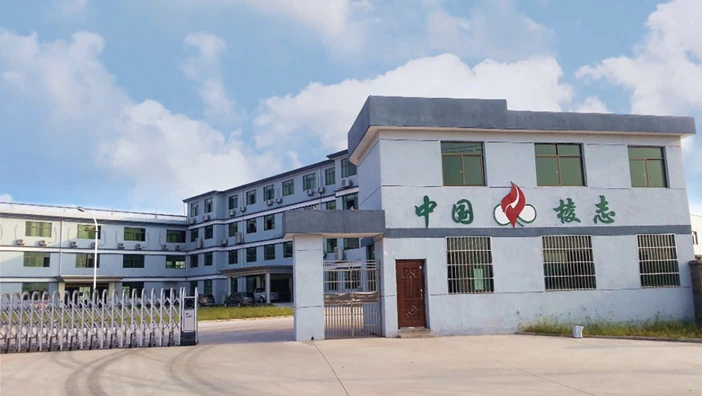Tel: 0086769-23187408
Email: [email protected]
Tel: 0086769-23187408
Email: [email protected]

By incorporating cut-resistant fabric into gloves, aprons, and other garments, workers in the food processing industry can perform their tasks with confidence, knowing they are protected from potential accidents and helping maintain the integrity of the food products they handle.

We understand the varied needs of B2B clients. NIZE provides customized cut resistant fabric options, including different weaves, thicknesses, and composite structures to suit unique application requirements.

Durability is essential for safety fabrics. NIZE cut resistant fabric retains structural strength even after extended use, making it suitable for high-risk workwear and industrial environments.

NIZE offers advanced cut resistant fabric engineered for demanding industrial environments. Our material is designed to minimize injury risks and enhance product safety, making it an ideal solution for manufacturers of protective gear and safety equipment.

The impact toughness of cut-resistant textile is achieved through its unusual construction and high-performance materials. This results in a compact network structure created by densely woven or knitted fibers that can absorb and disperse energy during impacts. Thus, the force that goes to the wearer is reduced, lowering the possibility of getting hurt.
In sectors such as construction, manufacturing, and heavy machinery operations where people are exposed to impacts all the time, cut-resistant fabrics offer an additional level of protection. It serves as a shield against hazards from flying debris, unintentional impacts or collisions which may result in severe personal injury.
Moreover, the impact resistance of cut-resistant fabrics leads to increased confidence and productivity among employees. When workers feel secure from harm they can concentrate on their job without undue distractions about their health.

Nize New Materials is one of the world's leading material suppliers. We have more than 20 years of experience in this field and serve customers around the world. We also have world-class production equipment and an annual production capacity of 5 meters of ionic sulfate.
We focus on the research of the anti-piercing shoe midsole, interrupting the monopoly position of the anti-piercing cloth midsole inforeian countries. and producing the anti-piercing cloth midsole of our own branc, filing the domestic gap
The factory covers an area of 83.5 mu and has more than 22.500 sauare meters of production plant, 3,000 square meters of research anddevelopment center, 3,000 sauare meters of office space and more than 500 sets of advanced production and inspection equipment
We have excellent products and a professional sales and technical team that can provide satisfactory solutions according to your needs. If you are interested in our products, we look forward to your online message or call for consultation!
Our products cover a variety of functional materials, whether they are waterproof materials, wear-resistant materials, flame-retardant materials or thermal insulation materials, which can meet the needs of different industries and applications.
Cut resistant fabric provides reliable protection against cuts, reduces the risk of injuries, enhances worker safety, and improves overall productivity in high-risk work environments.
Yes, cut resistant fabric can be tailored to meet specific requirements, including different cut resistance levels, thicknesses, and garment designs to suit various industry needs.
While cut resistant fabric provides excellent protection against cuts, it may have limited resistance to other hazards like punctures, chemicals, or heat. Additional protective measures may be necessary for comprehensive safety.
When selecting cut resistant fabric, factors such as the level of cut protection required, durability, comfort, flexibility, and compatibility with other protective equipment should be taken into account to ensure optimal performance in the intended application.
Generally, thicker cut resistant fabric tends to offer higher levels of cut protection. However, the trade-off is often reduced flexibility and dexterity. It is important to strike a balance between thickness and flexibility based on the specific requirements of the application and the desired level of protection.
